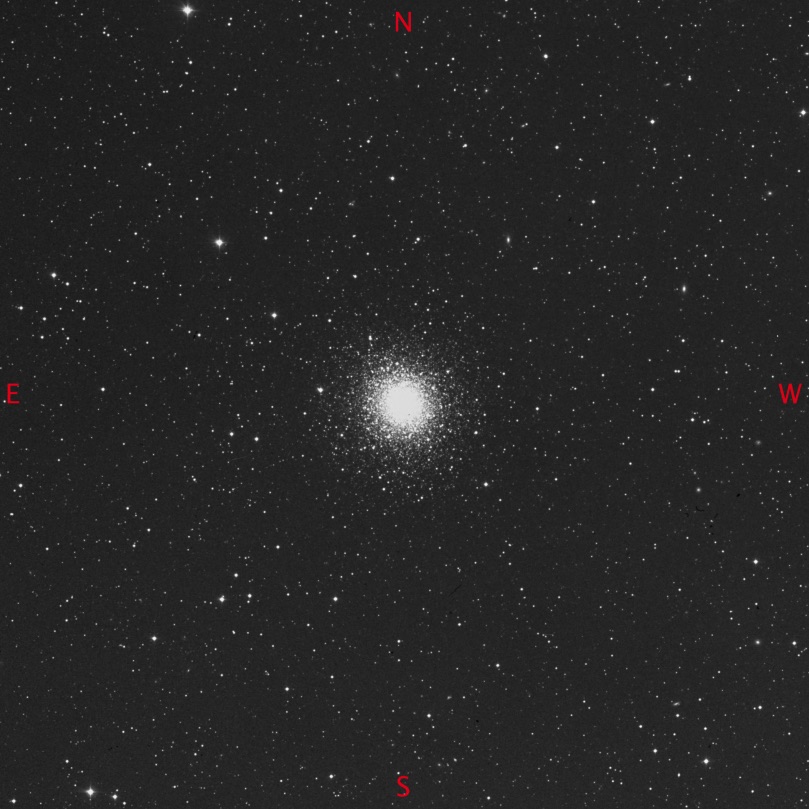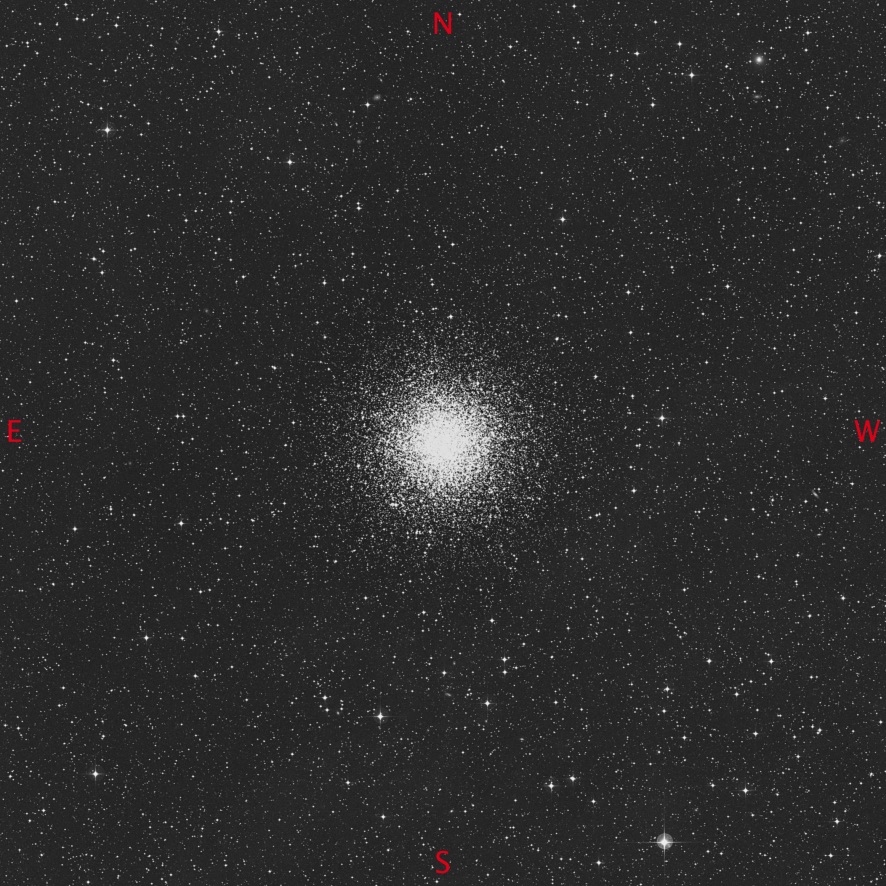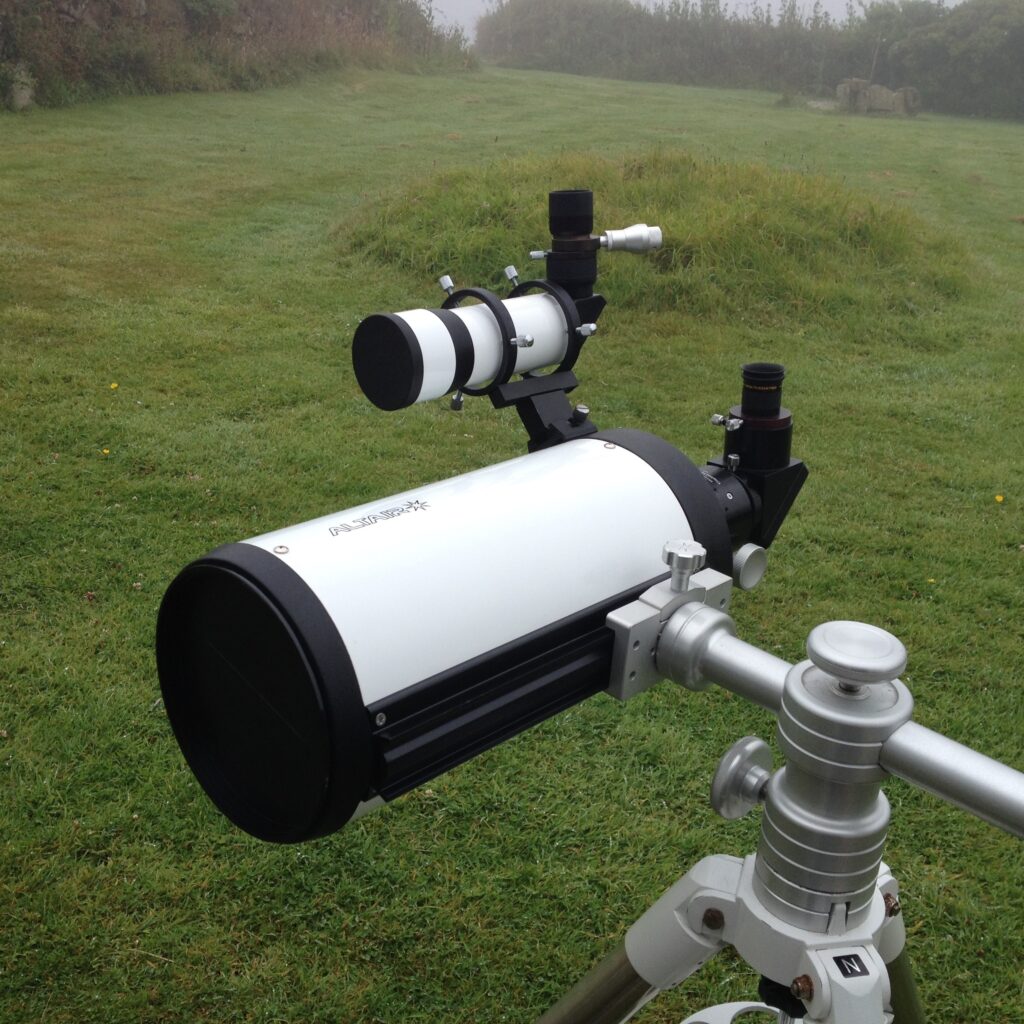Well my prediction of the astronomical observers version of plague and pestilance made on my previous post, has been born out. The weather this Summer has been dire! While the days have been quite nice, as soon as it gets dark, the cloud cover descends. I cannot remember a worse late Spring and early Summer period since I got into this astronomy malarky.
The good news is that last Thursday night, I finally completed the last remaining object from my Messier Observing project. It’s also taken a while to do it too. My first logged observation was M13, made on the night of 23, August 2011. It has felt a little like a marathon and I’m sure I could have completed it earlier if I have made the most of those clear nights that did occur, but which I couldn’t be arsed to go out and open up. The other delaying factor has been the half a dozen or so objects in Sagittarius and Scorpius that lie low in the South, and never rise above the horizon by more than a few degrees, and at a time of the year when clears skies seem to be few and far between.
Now the Messier list is now complete, I can now get stuck into my Caldwell Observing programme, which is currently 59% complete for those objects that can ever be visible from my observatory.
Session Data
- Date: 06/08/2015
- Time: 22:22 – 00:32 UT
- Seeing: I Perfectly Stable,
- Transparency: II Clear,
- Temp:13.0c,
- Air Pressure: 1011mb,
- Humidity: 82%,
- Dew Point: ,
- Wind Speed: 3mph,
- SQM: 18.8 mags/arcsecond,
- NELM: 5.14mag
M92, NGC6341

Just a quick visit to check the pointing accuracy of the scope…Nice in the 40mm.
M55, NGC6809

In the Altair Astro 250mm, 40mm Plossl, 51 X, 52′, West is to the 9 O’Clock
This looks pretty horrible as it lurks in all the huff at 8.7 degrees above the horizon. It fills about a 1/4 of the FOV of the 40mm. Just in the outer rim of the Cluster towards the SE, is a bright star GSC7426-02147 at 10.3 mag. Apart from that, pretty unremarkable.
It did occur to me that if this object could be observed at a decent altitude, it would give M13 a run for its money at 19 arc/min in diameter. An object to be done again on a trip to COAA or La Palma 🙂
M8, NGC6523 & NGC6530

In the Altair Astro 250mm, 40mm Plossl, 51 X, 52′, West is to the 9 O’clock.
There are a group of 2 or 3 stars to the NWW out about 15 arc/min out from the centre. At the centre is a patch of nebulosity surrounding a small star field. Estimate of size is tricky, but about 5 arc/min.
To the East of this and separated by a dark lane of dust is another patch of nebulosity, surrounding a dozen or so brightish stars of between 8.0 and 10.0 mag. These form a triangular shaped arrow pointing to the West.
Just above this, was another very faint patch of nebulosity which seemed detached from the nebulosity below, but only very marginally. The is whole assembly occupies about 25 arc/min is size, so I guess a lot of structure was completely hidden in all the murk M8 sits in when visible.

I did observe a number of other objects this evening, but didn’t take any notes as M55 was all I wanted to complete in detail. This was the first time my new 150mm R.C had and outing under a decent dark sky. I’ve now fitted my 60mm Altair Astro finder scope to the Vixen clamp on the scope, but still need to get a red dot to get the pointing of the scope close enough for the finder scope to take over. With SkySafari on the iPad, it was simple enough to star hop my way around the sky.
One thing that was really noticeable, was how similar the baby R.C’s FOV with the 18mm SWA, was compared to the 40mm in the 250mm R.C at 53 and 52 arc/min respectively.
Objects viewed with the baby R.C are as follows. I didn’t take any notes, so they are just listed for reference.